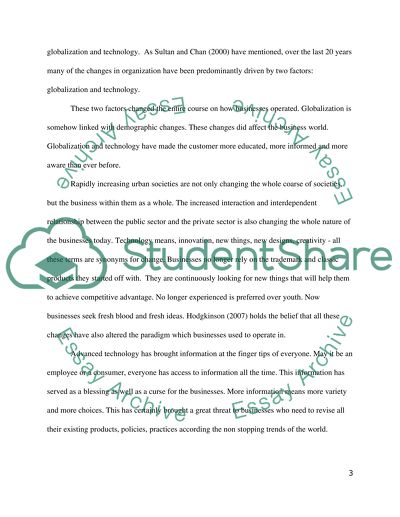Cite this document
(“Cultural Quotient Essay Example | Topics and Well Written Essays - 1750 words”, n.d.)
Retrieved from https://studentshare.org/journalism-communication/1474020-cultural-quotient
Retrieved from https://studentshare.org/journalism-communication/1474020-cultural-quotient
(Cultural Quotient Essay Example | Topics and Well Written Essays - 1750 Words)
https://studentshare.org/journalism-communication/1474020-cultural-quotient.
https://studentshare.org/journalism-communication/1474020-cultural-quotient.
“Cultural Quotient Essay Example | Topics and Well Written Essays - 1750 Words”, n.d. https://studentshare.org/journalism-communication/1474020-cultural-quotient.


